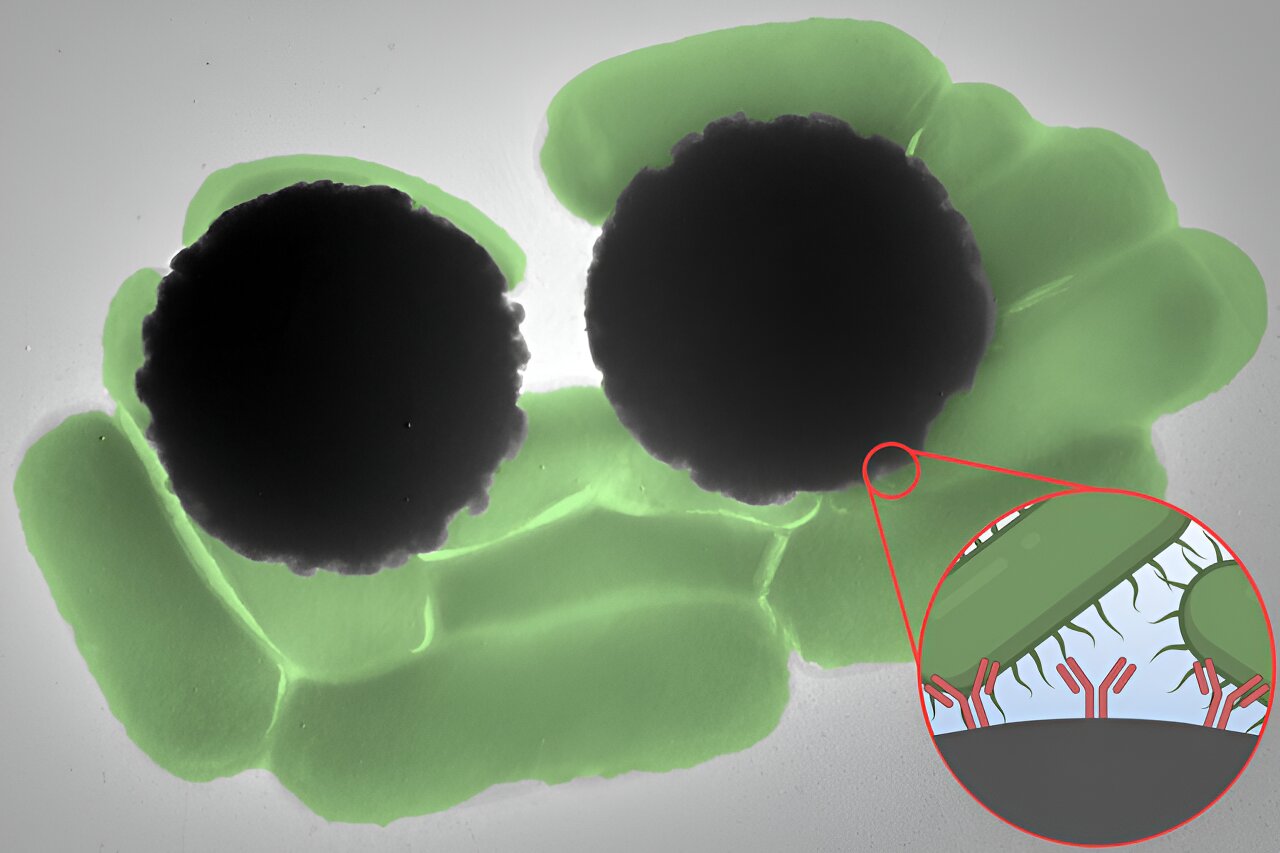MIT engineers have identified a new optical signature using Dynabeads magnetic beads, which could be used to quickly detect contaminants in various diagnostic tests such as Salmonella in foods. Dynabeads are microscopic magnetic beads coated with antibodies that bind to target molecules, such as a specific pathogen. Dynabeads are typically used in experiments that are mixed into solutions to capture molecules of interest. But from there, scientists must take additional, time-consuming steps to confirm that the molecules are indeed present and bound to the beads. The MIT team found a faster way to confirm the presence of Dynabead-bound pathogens using Raman spectroscopy. The article is scheduled for publication in the Journal of Raman Spectroscopy special issue. The MIT lab is investigating ways to further separate the beads into those bound to a target molecule and those not. The researchers mixed Dynabeads into vials of water contaminated with Salmonella. They then magnetically isolated these beads onto microscope slides and measured how light scattered through the fluid when exposed to laser light. Within half a second, they quickly detected the Dynabeads' Raman signature—a confirmation that bound Dynabeads and, by inference, Salmonella were present in the fluid. @ https://phys.org/news/2023-08-tiny-magnetic-beads-optical-quickly.amp

